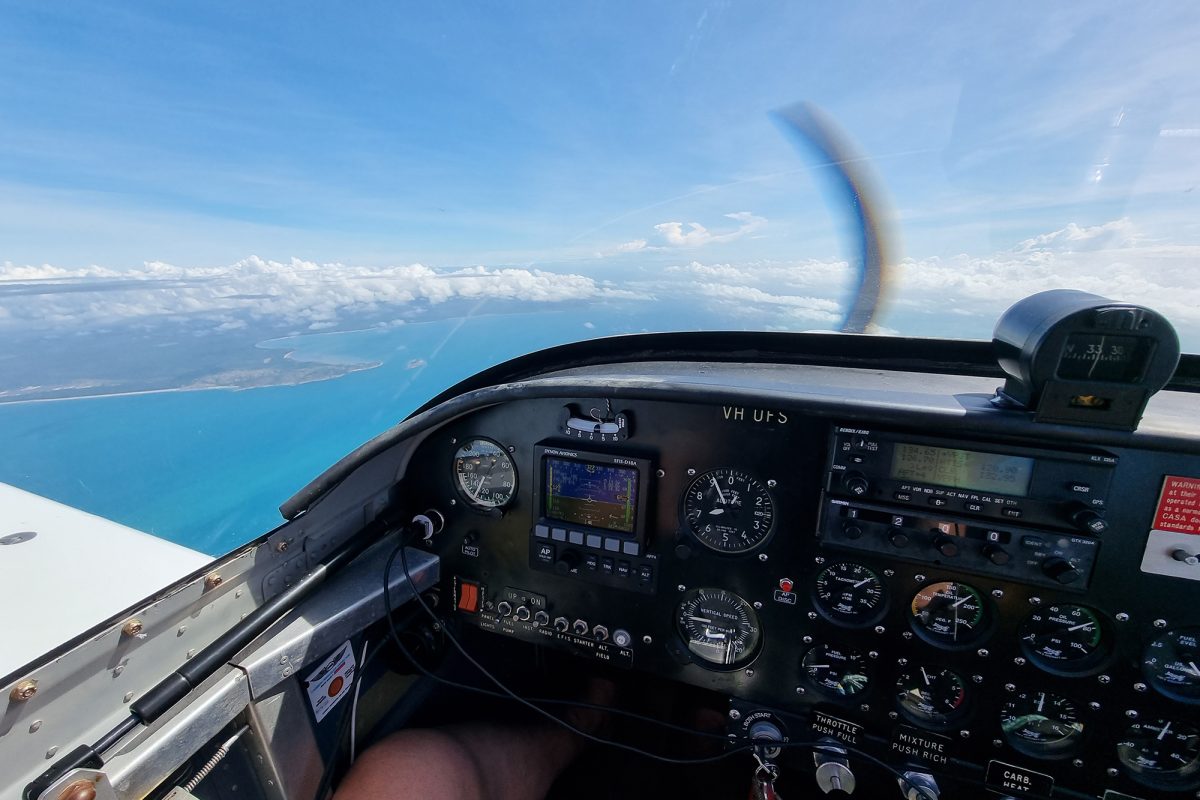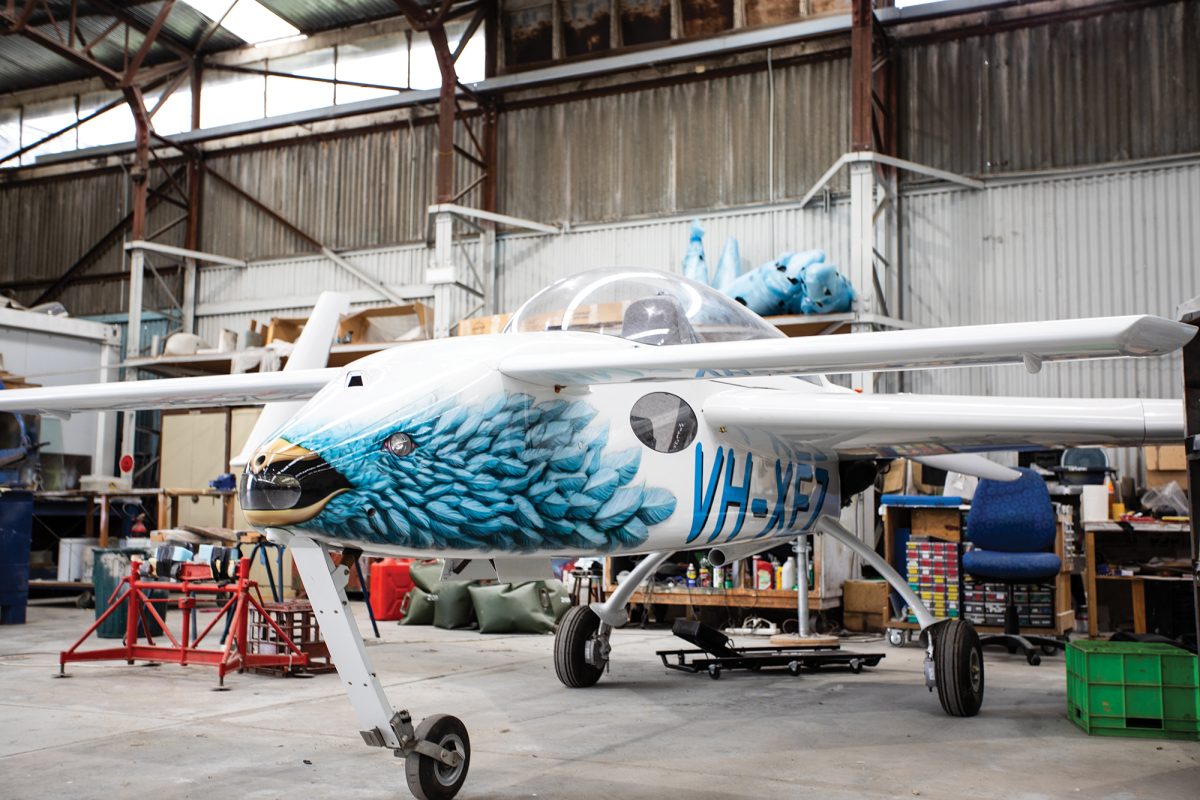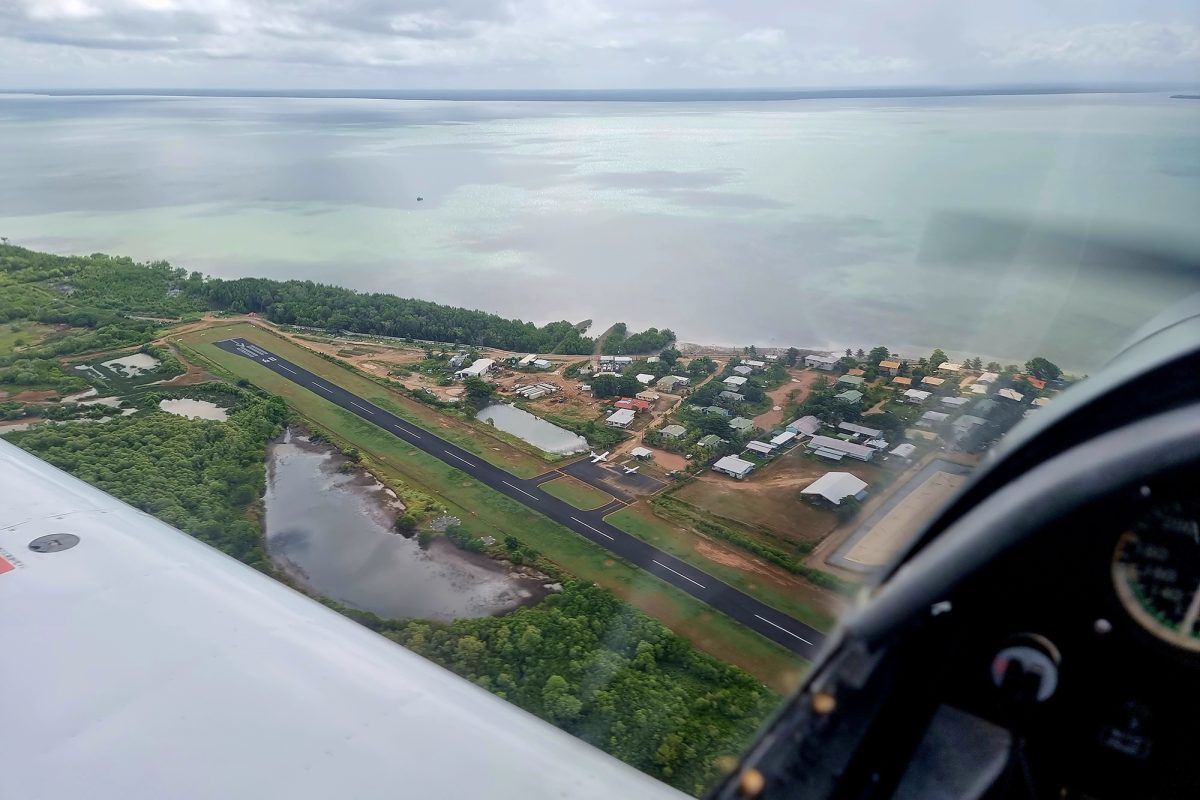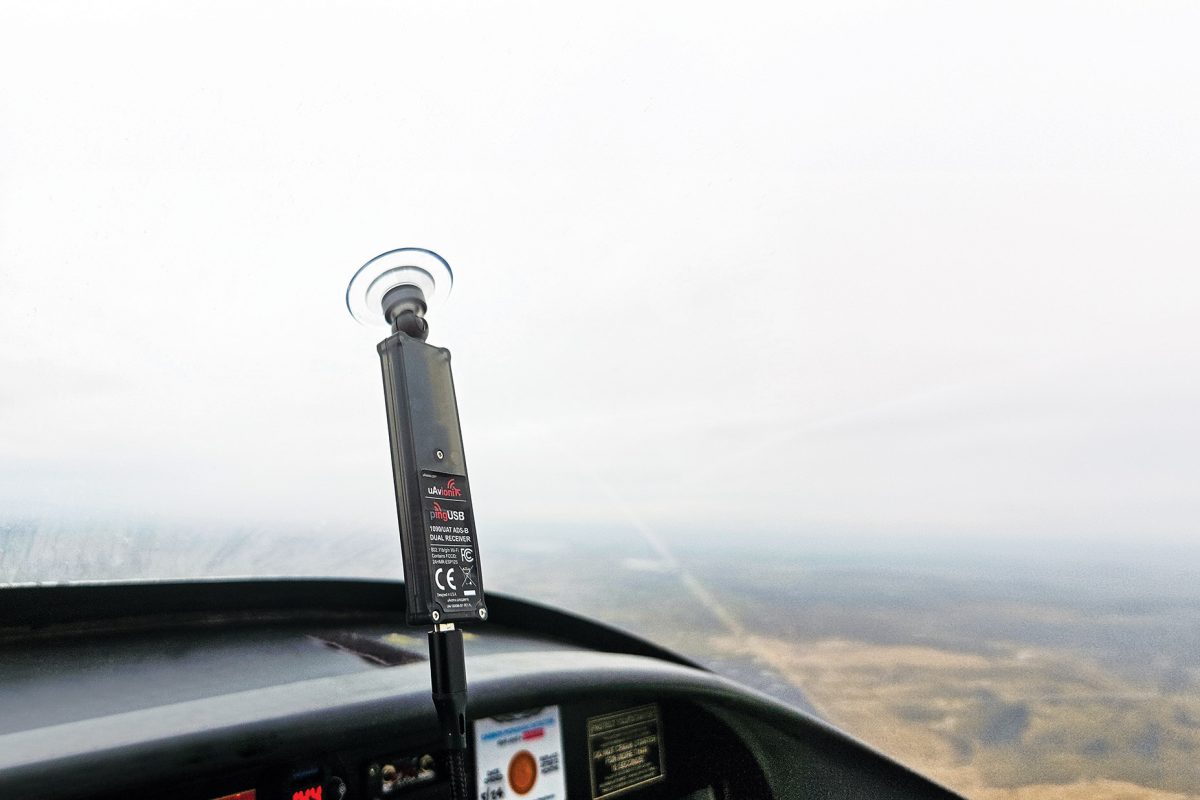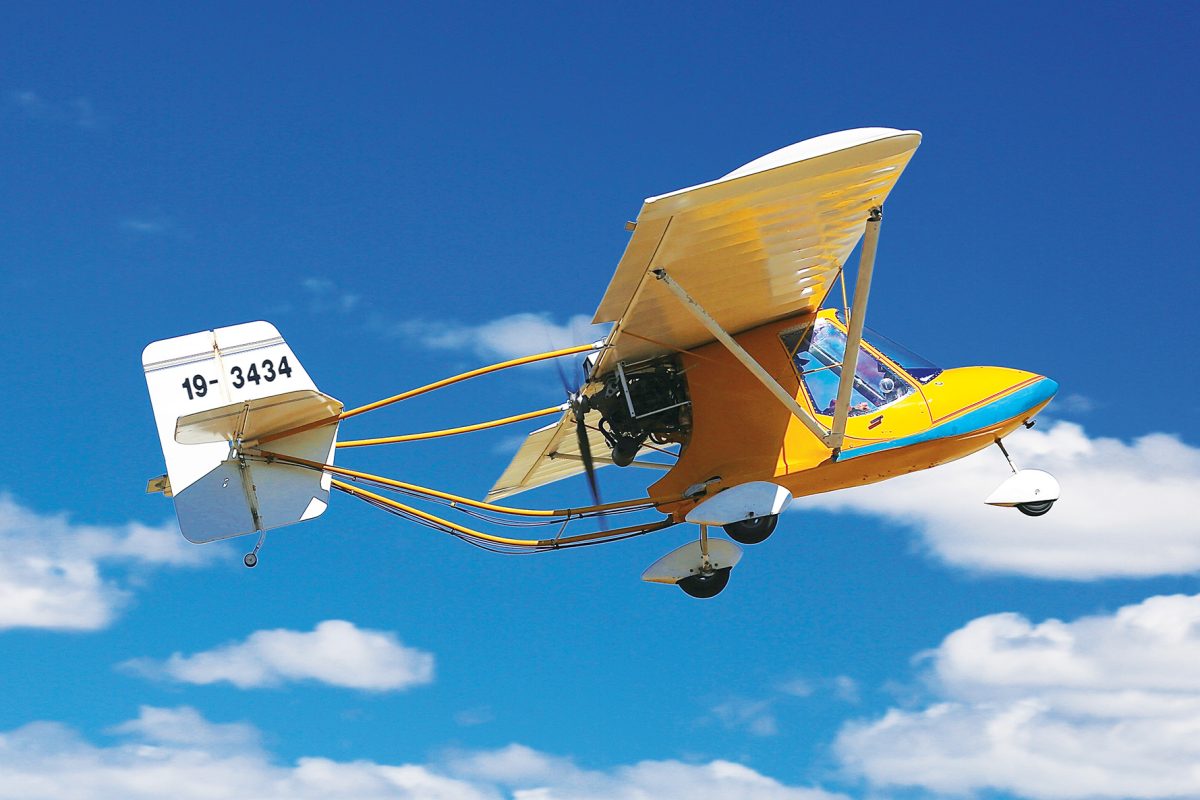FLIGHT OPERATIONS
Continuous improvement and professional development – what do these buzzwords mean for aviation? Are they relevant to RAAus and its pilots?
Buzzwords have a tendency to make eyes roll and sometimes people start to turn off when we talk about these things, but let’s think about the intent behind the buzzwords. What does continuous improvement and professional development really mean and more importantly, what does it mean for RAAus members and the organisation?
A quick Google search provides a number of definitions from a variety of sources, which you can read at the end of this article, but let’s get into the really important bit, which is us and our willingness to commit, no matter what aviation interaction we have.
FOR PILOTS
As a pilot, I am always looking for ways to improve what I do. From being aware and thoughtful about completing the pre-flight with fresh eyes, to a commitment to flying more accurately, to focussing on improving different parts of my flying, committing to using checklists, being consistent in my flying, I aim to improve my flying every time I take to the skies.
This doesn’t mean I am not having fun, I approach my personal flying as an opportunity to escape the ground and my work, but at the same time, an opportunity to improve or focus on a specific area. As an example, it is easy to accept completing a circuit and being within 100 feet of the required height. This is known as practical drift and we soon decide 100 feet is good enough. However, in real terms, if we are 100 feet too high and another pilot is 100 feet too low, we now have 200 feet of height difference in the circuit, which I am sure we all agree, is not acceptable.
Likewise, for checklists, not all items may apply to all aircraft, or some simpler aircraft don’t have all the items required to be checked. So, pilots “do away with” the checklist, because it doesn’t apply. Then when they fly a more complicated aircraft, they don’t use a checklist and miss something critical, usually at a critical phase of flight such as landing or take off, with possibly catastrophic consequences. This is known as “normalisation of deviance” and has been talked about in other Pilot Talk articles. There are also plenty of good articles online about this.
So, by challenging ourselves, did I fly that circuit as accurately as I could, holding heights accurately (+/- 50 feet)? Have I used trim to ensure my approach speed is consistent? Am I making sure the aircraft is balanced at all times? Have I set the RPM exactly? Do I have the best mental picture of where other aircraft are and where they will be in 10 minutes? Have I interacted professionally with other pilots on the radio? I am ensuring opportunities for improvement and development exist?
FOR INSTRUCTORS
As the teachers of the next generation of pilots and a major influencer of behaviour and culture, instructors embody the need for continuous improvement and professional development. And these opportunities can come from a variety of sources. While businesses talk about processes for improvement and professionals such as doctors, dentists and accountants must undertake a certain number of hours of professional development, instructors must often chart their own course in order to improve.
Reading accident and incident reports and analysing what could have been done differently by the pilot, the maintainer, the aircraft owner or even the instructor who trained the pilot, offers an opportunity to improve. Taking part in RAAus professional development seminars, online webinars and reading and reviewing textbooks on aviation subjects offer opportunities to improve. Taking opportunities to test yourself, whether via online quizzes, at club meetings or safety briefings, if we don’t seize every opportunity to improve as instructors, we are selling ourselves short and not creating the best version of ourselves for students and other instructors. Welcoming opportunities to fly with others and giving yourself permission to learn from others, no matter what their background or experience level, can provide amazing opportunities for improvement. I have learnt so much during the conduct of assessments and renewals of Instructors, CFIs and Examiners. If this is done with the right attitude, it should be a process of collaboration and professional interaction that improves both participants.
FOR AIRCRAFT OWNERS, HIRERS AND MAINTENANCE
As an aircraft owner, I have made a personal commitment to making sure all Service Bulletins, Alerts and Advisories are researched and more importantly, I haven’t put off completing these because it is inconvenient or I am in a hurry to go flying. A great way to ensure you don’t forget this important information is by subscribing to the relevant manufacturer alerts and bulletins via their websites. This is a big commitment, because it can mean the aircraft sits for another weekend, especially on those perfect spring weekends we have been having recently. Areas for improvement include following best practice for refuelling, for paperwork, thinking outside the usual areas to check our PLB is registered and the battery is current. These are commitments we can make to continuously improve and develop as well, as pilots and aircraft owners. Are those tyres or brake pads getting down, do we commit to making sure they are replaced in a reasonable time or do we just let them go for another month? These are commitments to continuous improvement and development, whether we realise it or not.
FOR RAAUS
RAAus is definitely committed to continuous improvement, if not the organisation would not be able to strive for new member benefits like the MTOW increase, access to controlled airspace for members, meeting our Part 149 obligations and more. By constantly and non-judgmentally reviewing our actions, our successes and most importantly our failures, we learn and improve as an organisation. By surveying our members about what we do and how we do it, we acknowledge areas which cause members to grit their teeth or roll their eyes. We commit to doing our best to remove these areas, where possible. We try never to impose requirements on our members that don’t achieve continuous improvement or have a greater good at the outcome.
PERSONALLY
Some of these stories are mine, some are gathered from the experiences of other members, aircraft owners, from audits conducted on RAAus schools and more. There are so many opportunities for improvement and development, it can be overwhelming. Reporting accidents, so others can learn, watching YouTube videos from pilots who have had accidents, reading accident reports, thinking about possible lessons to learn, these are commitments to continuous improvement and professional development I have made. So, beyond the buzzwords, what can you do to commit?
THE FINAL WORD
So, should we commit to continuous improvement and professional development? I would say yes, if we are serious about our flying (even if it is for fun we can still be serious about something), we should be committed to these things, as pilots, as aircraft owners, as maintainers, as an organisation. Take a step on your journey of improvement and development today, take a fresh look at what you do in aviation and how you can make this better.
CONTINUOUS IMPROVEMENT IS;
- Seeking of small improvements in processes and products, with the objective of increasing quality and reducing waste.
- An ongoing effort to make incremental improvements to products, services or processes over time. Processes are constantly audited and modified based on their sustainability, efficiency and effectiveness.
- Not about the things you do well – that’s work. It’s is about removing the things that get in the way of your work. The headaches, the things that slow you down, that’s what continuous improvement is all about.
PROFESSIONAL DEVELOPMENT IS;
- The process of improving and increasing capabilities of staff through access to education and training opportunities in the workplace, through outside organization, or through watching others perform the job. Professional development helps build and maintain morale of staff members, and is thought to attract higher quality staff to an organization. Also called staff development.
- Includes a wide variety of specialised training, formal education, or advanced professional learning intended to help administrators, teachers, and other educators improve their professional knowledge, competence, skill, and effectiveness .
